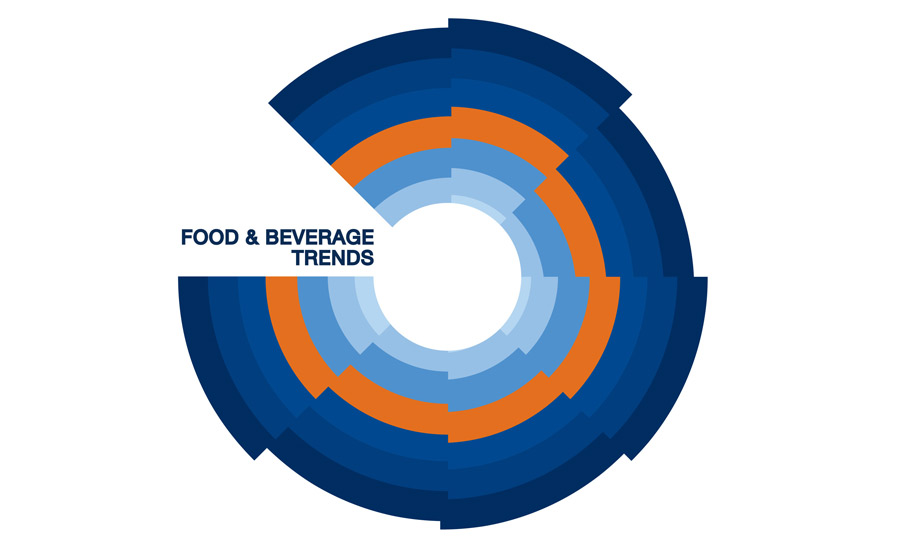Dairy processors need to keep an eye on their clean label and clear label practices. These are global trends, according to Innova Market Insights, a research firm based in Arnhem, The Netherlands.
Director of Innovation Lu Ann Williams lumps the two labeling terms under the heading “Clean Supreme.” In November, Innova Market Insights issued the top trends likely to impact the food industry in 2017. They are:
- Clean Supreme. Williams said clean and clear label is the new global standard. The demand for total transparency incorporates the entire supply chain, as a clean label positioning becomes more holistic.
- Disruptive Green. With plant-based milks, meat alternatives and vegan offerings in the mainstream, consumers are looking for innovative options to consume the benefits of plants into their daily lives. Williams pointed to dairy companies that are using the functional and technical benefits of plants in product development to drive more variety and excitement into the category.
- Sweeter Balance. Sugar is under pressure, Williams said. The food industry faces the challenge of balancing public demand to reduce added sugars and create indulgent experiences, while at the same time presenting clean label products.
- Kitchen Symphony. The connected world means consumers of all ages have become more knowledgeable of other cultures. Williams sees growing demand for greater choice and higher levels of authenticity in ethnic cuisines. Meanwhile, pride in local and regional foods is also seeing an upsurge in some countries, with a resulting rise in availability and authenticity of local cuisine, she said.
- Body in Tune. Consumers are personalizing their own nutrition intake. They make food choices based around what they think will make them feel better, and they experiment with free-from products and specific diets like paleo. Consumers also are increasing their intake of foods and beverages with ingredients that they consider to be healthy, like protein and probiotics, Williams said.
Mintel identifies 6 trends in food, beverages
Mintel, another market research firm, released its own trends report. The Chicago-based analyst said 2017 will be “a year of extremes,” featuring “ancient” products (including grains, recipes, practices and traditions) and modern technology that creates more and better-tasting plant-enhanced foods.
- In Tradition We Trust. Consumers seek comfort from modernized updates of age-old formulations, flavors and formats. Global Food and Drink Analyst Jenny Zegler said consumers “are seeking the safety of products that are recognizable rather than revolutionary.” Food manufacturers can look to the past as a dependable source of inspiration, such as “ancient” product claims, including ancient grains. There is potential for innovations that use the familiar as a base for something that’s new, but recognizable, such as cold-brew coffee.
- Power to the Plants. The preference for natural, simple and flexible diets will drive further expansion of vegetarian, vegan and other plant-focused formulations, Zegler said. For dairy processors, expect to see plant-based alternatives to milk, yogurt and cheese.
- Waste Not. The issue of sustainability includes elimination of food waste. In 2017, the stigma associated with imperfect produce will begin to fade. More products will make use of ingredients that would have otherwise gone to waste, Zegler said.
- Time is of the Essence. The time investments required for products and meals will become as influential as nutrition or ingredient claims. The time spent on – or saved by – a food or drink product will become a clear selling point, according to Mintel. Food marketing messages will communicate how long products will take to receive, prepare or consume.
- The Night Shift. Evening is tapped as a new occasion for functional food and drink formulations. Foods and beverages can leverage the reputation of the tea category and use chamomile, lavender and other herbs as a way to achieve a sense of calm before bedtime. Chocolate can positioned as a way to wind down after a stressful day.
- Balancing the Scales: Health for Everyone. Healthy food and drink are not “luxuries.” Many lower-income consumers want to improve their diets, but the access to — and the cost of — healthy food and drink is often an impediment. More campaigns and innovations are to be expected that will make it easier for lower-income consumers to fulfill their healthy ambitions, Zegler said.
